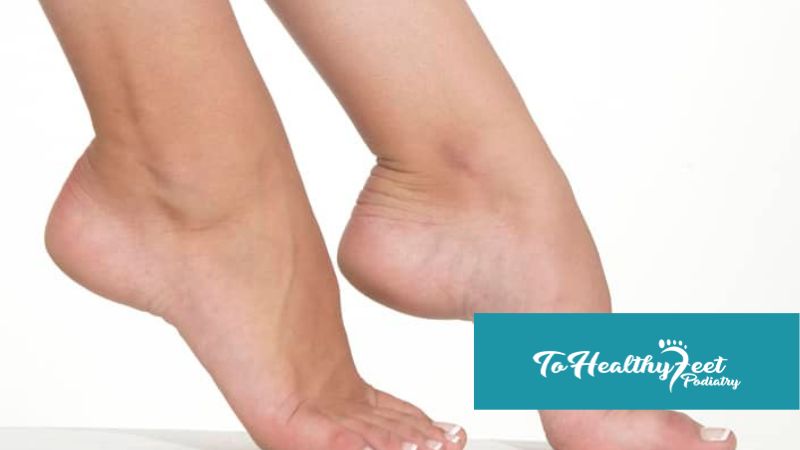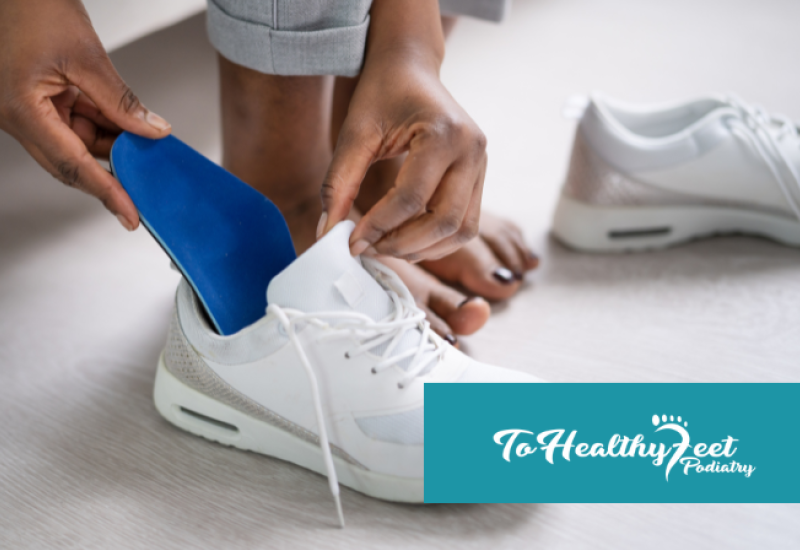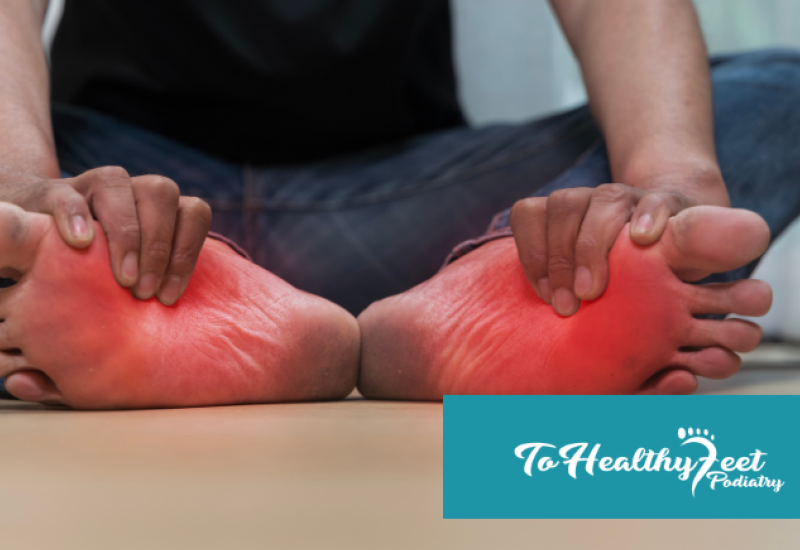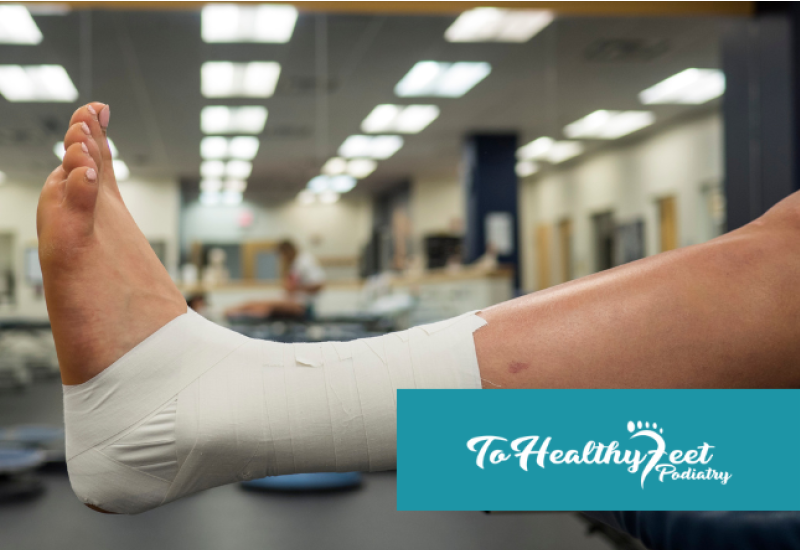All About High Arched Feet
High arched feet, also called pes cavus, is a condition you can be born with or it can develop over time due to an underlying neurological condition. People with high arched feet tend to put all of their body weight on the ball and heel of their foot. This increases stress on the structures of the feet and can lead to pain and irritation.
Podiatry Conditions Associated With High Arched Feet
Metatarsalgia: A painful inflammation in the ball of the foot, metatarsalgia discomfort is often experienced when standing or walking for extended periods of time.
Metatarsal Fractures: The 5 long bones in your foot that are connected to your toes are called metatarsals. The increased stress caused by high arched feet can cause hairline fractures in these bones.
Hammertoes: This is a painful deformity where the joints of the second, third, or fourth toe bend upwards causing muscle imbalance and excessive pressure on the tendons of the toes. Relief from hammertoe pain can sometimes be accomplished with custom orthotics and proper footwear, but it may require microsurgery to release the soft tissue structures in the foot.
Claw Toes: This is a foot deformity that causes the toes (usually the four smaller toes) to curl downward and dig into the soles of your shoes. This condition can impact the way you walk and result in stiffness, corns, calluses, and even infection.
Plantar Fasciitis: This condition is an inflammation of the plantar fascia, a ligament that runs along the bottom of your foot connecting your heels to your toes and supporting your foot arch. Plantar fasciitis results in heel pain, especially after periods of inactivity. Plantar fasciitis might require surgery to relieve chronic foot pain.
Ankle Instability: Because high arched feet impact the structure and function of your feet, you may experience ankle instability and be at increased risk for ankle sprains and ankle fractures.
Treatment Options For High Arched Feet
Treatment for patients suffering from pain or injury associated with high arched feet is a comprehensive strategy addressing the symptoms, the secondary conditions, and the high arches. Treatment options include:
- Icing: Occasional pain due to high arched feet can often be relieved with ice applied to the arches of the feet for 20 minutes every 2-3 hours.
- Pain Relief Medication: Over-the-counter pain relievers, such as non-steroidal anti-inflammatory drugs (NSAIDs), can often ease inflammation and pain.
- Bracing: Your podiatrist may recommend a specially-designed foot and ankle brace to ease the stress caused by high arches.
- Night Splints: Customized splints can stretch your arches and your calves while you sleep, reducing pain and tightness.
- Custom Orthotics: These custom, molded inserts fit inside your shoes and are designed to evenly distribute weight, support the structures of your foot, and correct gait and stride dysfunctions.
- Callus Removal: The foot deformity of high arches can cause the development of uncomfortable or painful calluses on the tops of the toes or under the balls of the feet. Callus reduction can provide relief.
- Surgery: Surgery for high-arched feet is very rare, but can become necessary in severe cases. This treatment aims to correct bone and soft tissue structure to achieve a flatter arch.
Find Relief From High Arched Feet Pain In NYC
There are several options to find relief from the pain associated with high arched feet. Your podiatrist will recommend conservative strategies such as custom orthotics and callus removal to begin. If the pain persists or your high arched feet are impairing your ability to move, safe and effective surgical treatments are available.
The team of foot doctors at To Healthy Feet in Manhattan can expertly assess your feet to determine if you have high arches, and develop a personalized treatment strategy based on the severity of your symptoms, your lifestyle, and your goals for treatment. We provide accurate diagnosis and comprehensive foot and ankle care and have the tools and technologies necessary to provide a variety of tailored treatment approaches including regenerative medicine, prescription medications, and even minimally invasive surgery (when needed) at each of our Manhattan Podiatry Clinics. If you are experiencing pain due to high arched feet or any other foot or ankle condition pain, call To Healthy Feet Podiatry at 1-917-398-3668 or fill out the contact form to book your appointment at our Upper East Side, Times Square, Midtown Grand Central, or Downtown Wall Street locations today.
FAQ
Q: How can I prevent high arches?
A: While it may not be possible to prevent high arches, you can definitely help prevent any pain that may result from high arched feet. Contact your podiatrist about your options for treatment including custom orthotics and callus therapy.
Q: I have high arched feet. Do I need treatment?
A: Even if you are not experiencing pain, treatment for high arches can be preventative. Since high-arched feet don't absorb shock well, people with high arches tend to develop knee, hip, or back pain. Future pain and knee/hip issues can be prevented with custom orthotics.
Q: I’m not sure my feet are considered to be “high arched feet”. How can this be diagnosed?
A: A visit to the podiatrist can be helpful for proper diagnosis. Your doctor will take your medical history and ask about your symptoms. A thorough foot and gait examination is necessary. Stop by our offices at our Upper East Side, Times Square, Midtown Grand Central, or Downtown Wall Street today for an assessment.




